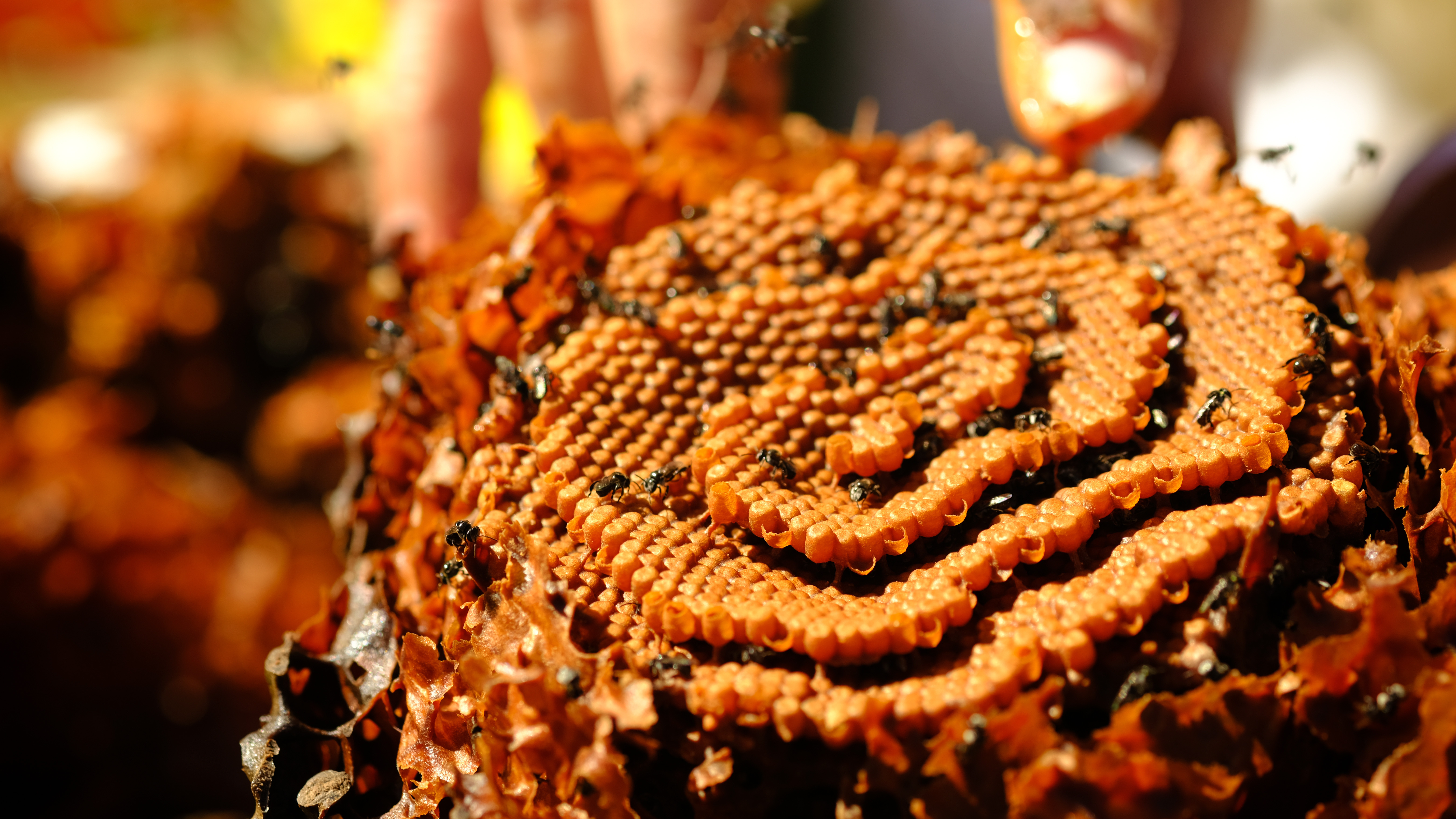Unlocking the Potential of Australian Native Bee Honey as a Powerful Antimicrobial Agent
Key Ideas
- Research led by the University of Sydney reveals the remarkable antimicrobial properties of honey from three species of native Australian stingless bees, offering a potential alternative to synthetic antibiotics.
- Stingless bee honey shows high levels of both hydrogen peroxide and non-peroxide activity, making it versatile and effective against drug-resistant infections even after heat treatment and long-term storage.
- Challenges remain in scalability due to the small yield per hive, but with regulatory approval and commercial value, there is potential for national and international commercialization of native stingless bee honey.
- The unique antimicrobial properties and potential stability of stingless bee honey make it a promising candidate for therapeutic applications, with researchers aiming to explore its non-peroxide activity further.
Research conducted by Dr. Kenya Fernandes and her team at the University of Sydney highlights the potent antimicrobial properties of honey produced by three species of native Australian stingless bees, commonly known as 'sugarbag bees'. This honey, historically used by Indigenous communities as a food source and traditional remedy, has shown effectiveness in combating drug-resistant infections even after heat treatment and long-term storage.
Unlike European honeybee honey, which relies on hydrogen peroxide for its antimicrobial effects, stingless bee honey exhibits both hydrogen peroxide and non-peroxide activity, making it a versatile therapeutic agent. The study, published in Applied and Environmental Microbiology, emphasizes the potential of stingless bee honey as a viable alternative to synthetic antibiotics in the face of increasing antimicrobial resistance.
While scalability remains a challenge due to the small yield per hive, regulatory approval from Food Standards Australia New Zealand has opened doors for commercialization both nationally and internationally. The research team, which includes co-authors Professor Dee Carter and Dr. Ros Gloag, aims to explore the commercial potential of native stingless bee honey, emphasizing its consistency in antimicrobial activity across various samples.
The study not only highlights the effectiveness of stingless bee honey but also its potential stability over time, as microbes tend not to develop resistance to honey's antimicrobial properties. The team plans to delve deeper into the non-peroxide activity of the honey to enhance understanding and applications in therapeutic frameworks.
Dr. Fernandes, an Australian Research Council DECRA Fellow, is optimistic about the future prospects of stingless bee honey in commercial and medical sectors, emphasizing its unique qualities and the need to investigate its efficacy against drug-resistant bacteria. The study paves the way for further exploration of Australian native bee honey as a natural, sustainable, and powerful antimicrobial agent.
